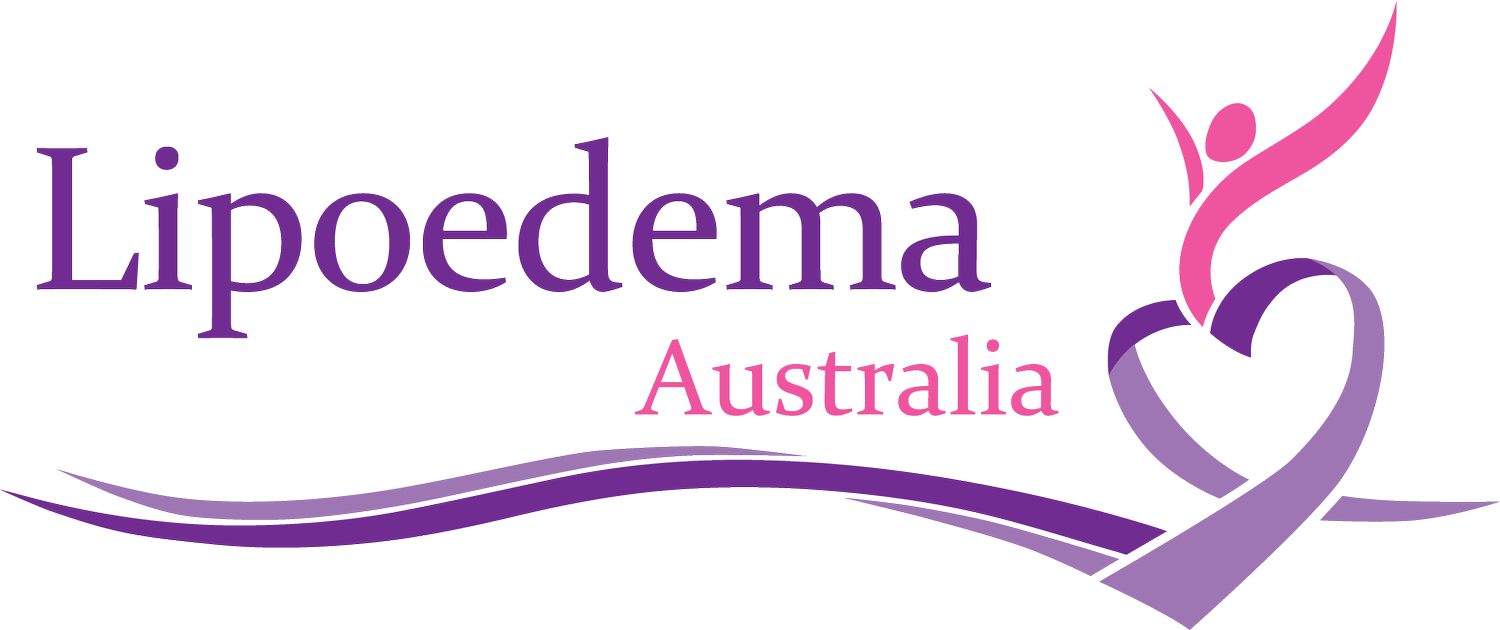Treatment
Principles of Lipoedema Management
The main components of lipoedema management include:
Psychosocial support; including social connectedness and the management of expectations
Education
Healthy eating and weight management
Physical activity and improving mobility
Skin care and protection
Compression therapy
Pain management
When considering lipoedema management, the severity of your symptoms, the
degree of complexity of tissue enlargement, your mental health status, and whether your lipoedema has progressed to lipo-lymphoedema must first be assessed.
Finding a supportive and knowledgeable healthcare practitioner will be your first step.
Choosing a Practitioner
Lipoedema Australia cannot endorse any types of therapies or health practitioners, including Physiotherapists, Surgeons or GPs. However within our closed Facebook group, details of doctors and therapists who are personally recommended by our members are often shared.
If your doctor is unable to diagnose lipoedema, we suggest that you ask for a referral to a vascular or lymphoedema specialist at a lymphoedema clinic.
Talking to Your GP
Many health practitioners are unaware of lipoedema, however stemming from increased awareness and recognition through organisations such as Lipoedema Australia, this is gradually changing. Lipoedema is often mistaken for obesity or lymphoedema, and to make things more complicated, obesity and lymphoedema can co-exist with lipoedema (as in lipo-lymphoedema). This is why it is important for you to obtain a correct diagnosis.
A diagnosis of lipoedema is made on clinical grounds that are based on the history and examination of the patient. When the fat is touched, it will feel like round peas in a plastic bag. Larger nodules can also be felt. Currently, there are no known blood or urine biomarkers, nor are there any specific diagnostic tests for lipoedema.
When visiting your health professional, feel free to print out the Lipoedema Australia resources to take with you. The ‘Notes for Your GP Consult’ is a checklist of common symptoms for you to tick so that you have all of your symptoms noted in one place. The ‘Information for Health Professionals’ brochure is a reference guide for your health professional, explaining the signs and symptoms of lipoedema.
Compression FAQs
Compression FAQs Part 1
Compression FAQs Part 2
Connect to Support
Find Out More
Research
Resources
Conference
Fundraise
Stay in the Know
Sign up with your email address to receive news and updates.
We respect your privacy.



